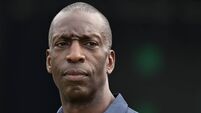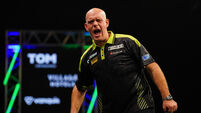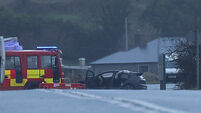Hamilton faces more punishment
Just four days after one of the drives of his career to finish third in Sunday’s Australian Grand Prix, Hamilton was excluded from the classification.
He was elevated from fourth to third by the stewards due to Jarno Trulli being handed a 25-second penalty for passing the reigning world champion behind the safety car late on.














